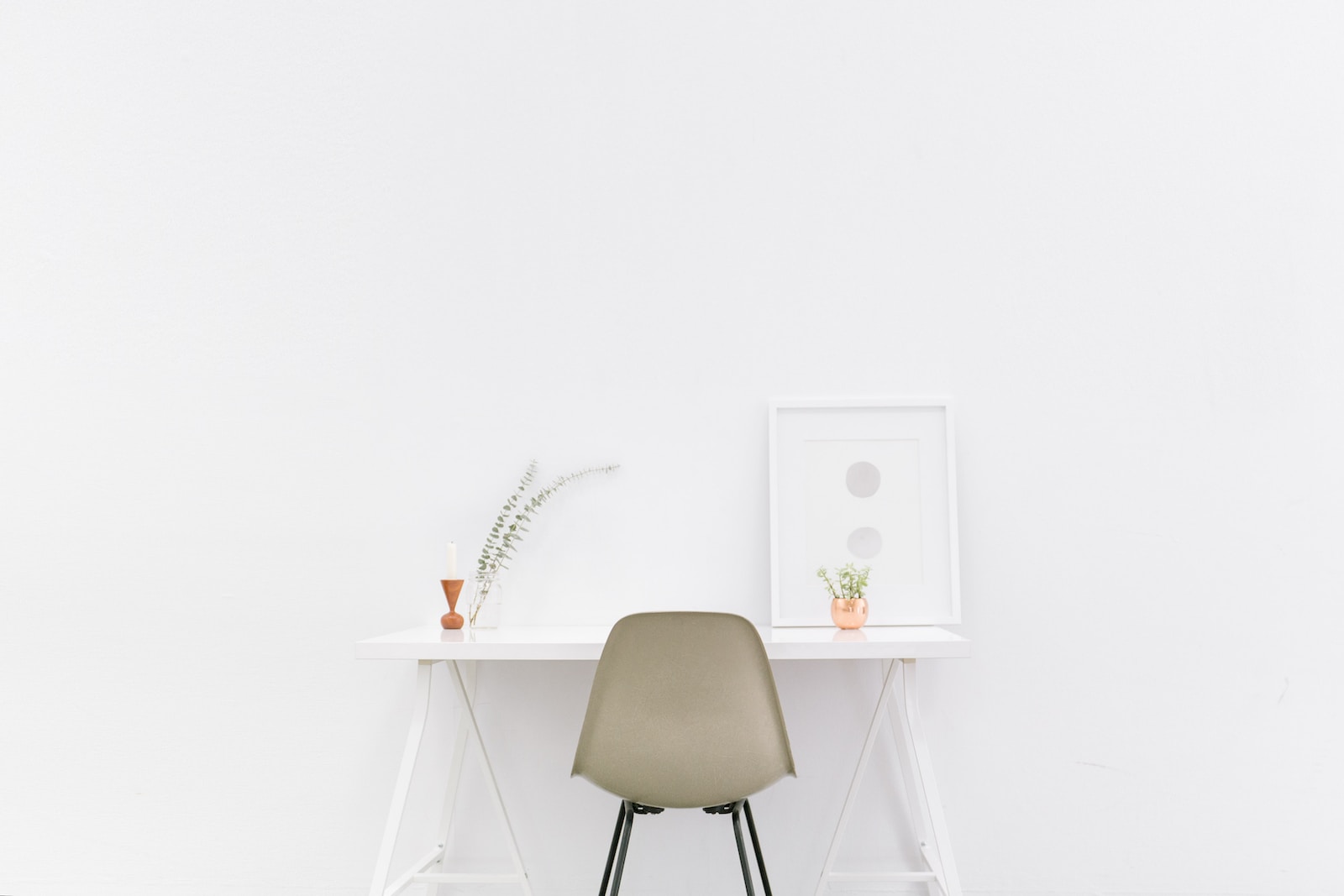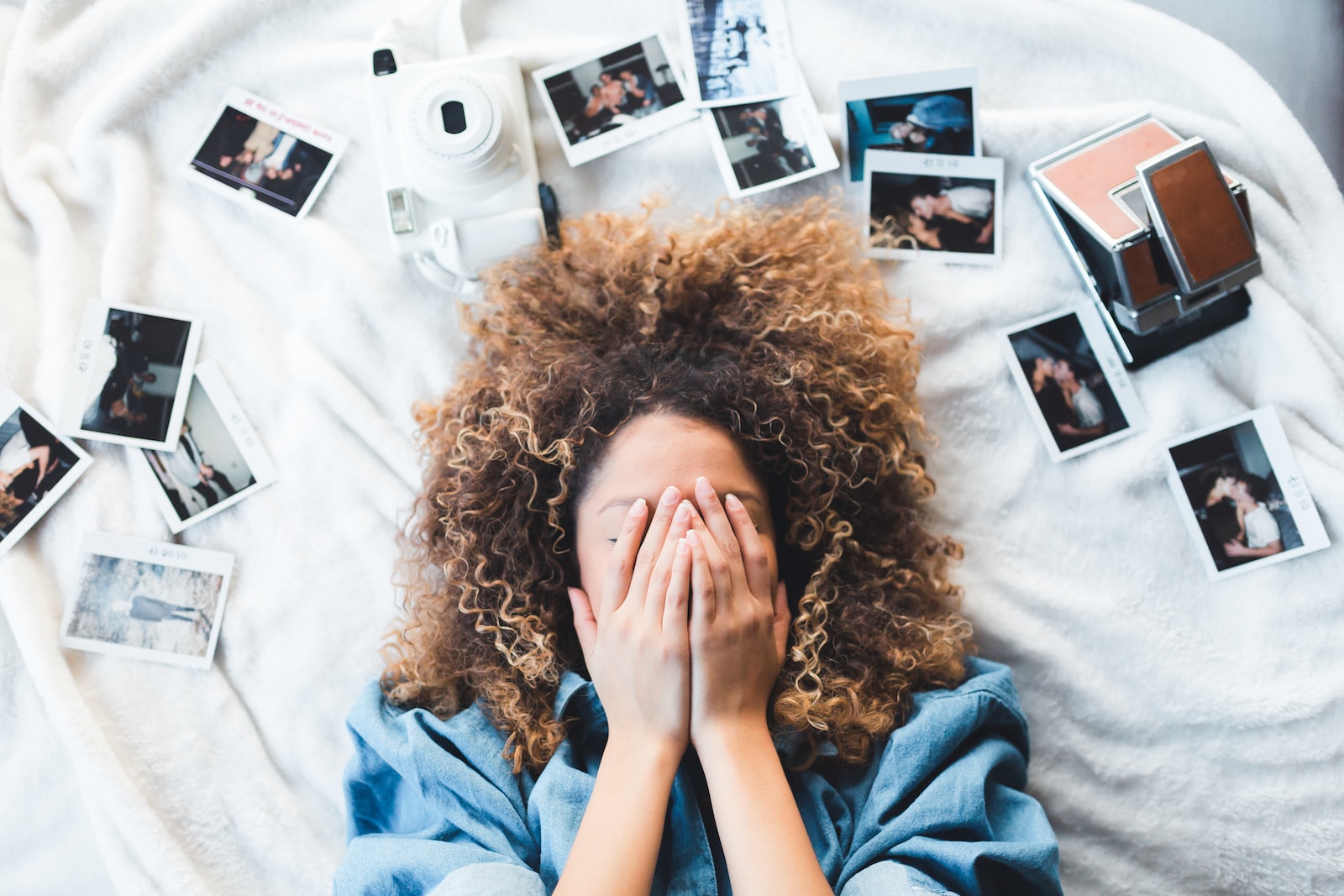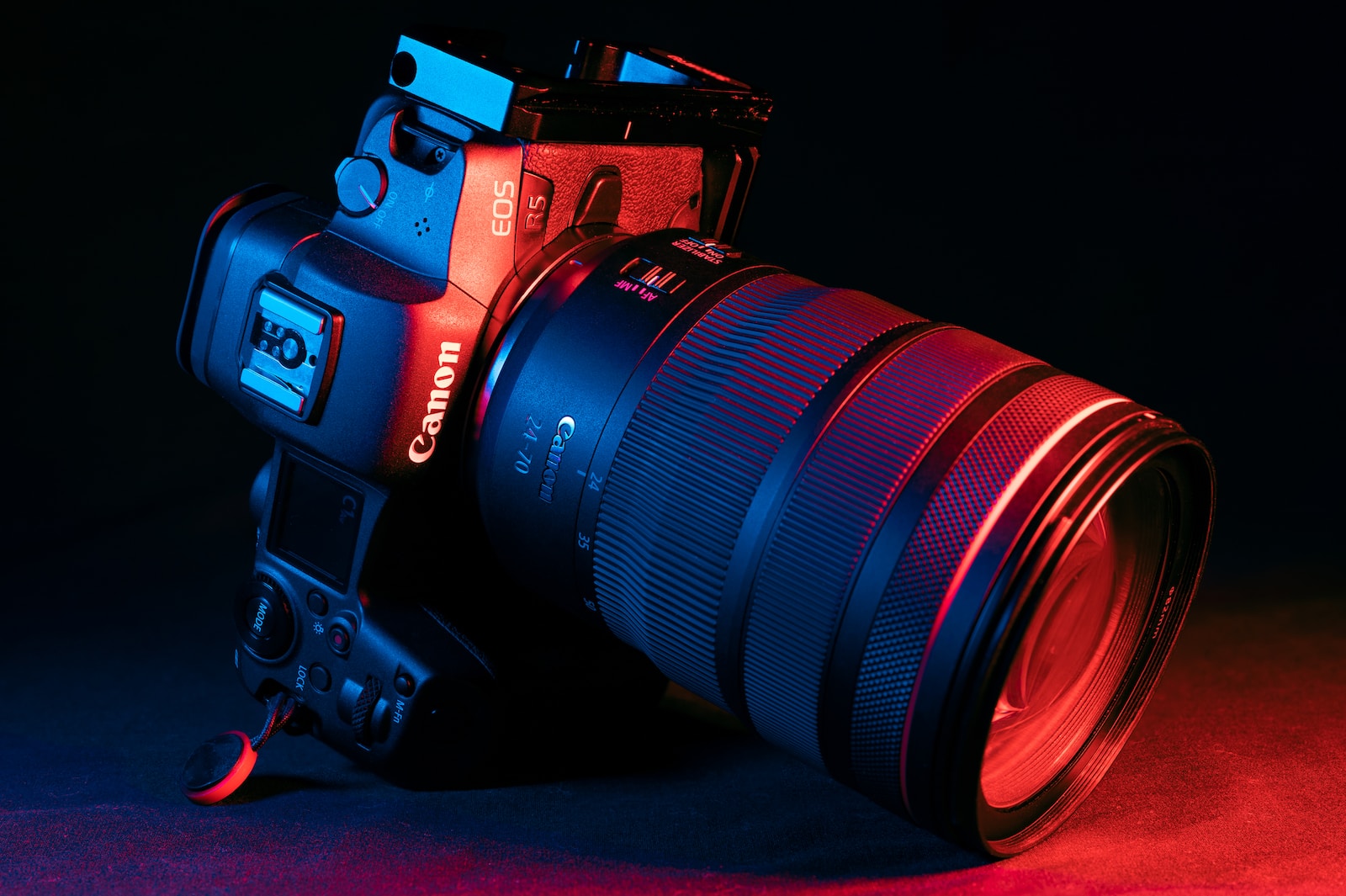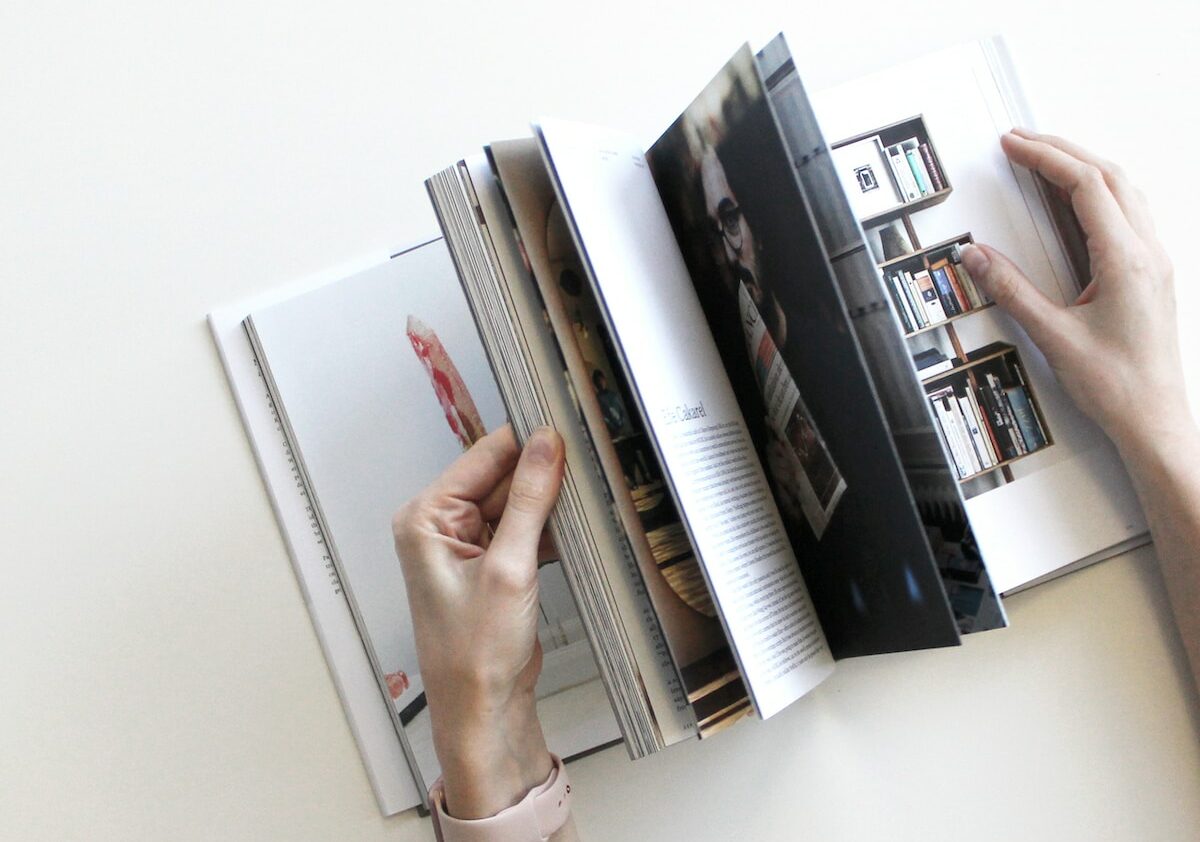Are you ready to discover the true essence of photography? Join me on a journey as we explore the captivating world of minimalist photography. In this blog, I will reveal the power of simplicity and how it can enhance your images in ways you never imagined. From stunning landscapes to intimate portraits, learn the art of saying more with less. Get ready to unlock your creative potential and capture breathtaking moments with just a camera and an eye for minimalist techniques.
Table of Contents
- The Beauty of Minimalist Photography: Capturing the Essence in Simplicity
- Choosing the Right Equipment for Minimalist Photography
- The Best Time of Year and Vantage Points for Stunning Minimalist Photography
- Frequently Asked Questions
- What is Minimalist Photography?
- How can I incorporate Minimalist techniques into my photography?
- What equipment do I need for Minimalist Photography?
- How do I find Minimalist subjects to photograph?
- What camera settings are best for Minimalist Photography?
- How can I enhance my Minimalist photographs during post-processing?
- Where can I find inspiration for Minimalist Photography?
- Wrap Up:
The Beauty of Minimalist Photography: Capturing the Essence in Simplicity
In the world of photography, there is a saying that goes, “Less is more.” This philosophy is at the core of minimalist photography, where the art lies in capturing the beauty of simplicity. Minimalist photography is all about stripping away the unnecessary and focusing on the essential elements to create visually striking images.
The Power of Negative Space
One of the key techniques used in minimalist photography is the concept of negative space. Negative space refers to the area surrounding the main subject of the photograph. By incorporating ample negative space, you can draw attention to the subject and create a sense of tranquility and elegance. The contrast between the subject and the empty space can evoke a powerful emotional response from the viewer.
For example, imagine a lone tree standing tall against a vast empty sky. By composing the shot with a significant amount of negative space, you emphasize the simplicity and beauty of the tree itself. The emptiness of the sky serves as a canvas, allowing the viewer to appreciate the intricate details and textures of the tree’s branches.
The Art of Minimalist Composition
Composition plays a vital role in minimalist photography. Every element within the frame must have a purpose and contribute to the overall visual storytelling. When capturing minimalist photographs, consider using the rule of thirds or leading lines to create balance and guide the viewer’s eye towards the subject.
Using leading lines, such as a path or a road stretching into the distance, can create a sense of depth and lead the viewer’s gaze towards the subject. The simplicity of the leading line emphasizes the beauty of the subject itself. Additionally, incorporating geometric shapes, like squares or circles, can add a sense of harmony and visual interest to your composition.
Another technique to explore in minimalist photography is the use of repetition. By capturing patterns or repeating elements, you create a sense of rhythm and harmony in your images. This repetition can be found in nature, architecture, or even everyday objects. By drawing attention to these patterns, you highlight the essence of the subject and reveal its beauty through simplicity.
To truly master minimalist photography, it’s essential to pay attention to lighting. Soft, diffused light works best to illuminate your subject without distractions. Golden hour, the period shortly after sunrise or before sunset, often provides the perfect warm and gentle light for creating minimalist masterpieces.
Remember, the key to minimalist photography is to convey a message or evoke emotion with the least possible elements. By simplifying your composition and focusing on the essence of your subject, you can create powerful and captivating images that leave a lasting impression on the viewer.
So next time you pick up your camera, challenge yourself to embody the essence of minimalism. Let simplicity guide you to capture the beauty that lies within the minimalist world of photography.
Did you know that Minimalist photography focuses on capturing the essence of a scene by eliminating unnecessary elements, resulting in stunning images that convey a powerful message with simplicity?
Choosing the Right Equipment for Minimalist Photography
In the world of photography, less is often more. Minimalist photography, with its simplicity and focus on clean aesthetics, has gained popularity among photographers looking to capture the essence of a subject without unnecessary distractions. By eliminating clutter and complexity, minimalist photography allows the viewer to focus on the main subject, evoking a sense of calmness and harmony.
Selecting the Perfect Camera and Lenses
When it comes to capturing minimalist shots, having the right equipment can make all the difference. While there isn’t a one-size-fits-all solution, here are some considerations for choosing the best camera and lenses for your minimalist photography:
- Camera: Look for a camera that offers manual controls to have complete creative control over your shots. A camera with a high-resolution sensor will ensure that you can capture every minute detail with precision. Mirrorless cameras, known for their compact size and exceptional image quality, are a popular choice among minimalist photographers.
- Prime Lenses: Prime lenses are ideal for minimalist photography due to their sharpness and ability to capture stunning details. A 35mm or 50mm prime lens is a versatile choice, allowing you to capture wide-angle shots while still maintaining a natural perspective. These lenses often have wide maximum apertures, allowing you to achieve a shallow depth of field and create a beautiful separation between the subject and the background.
- Macro Lenses: If you enjoy capturing intricate details and textures in your minimalist shots, consider investing in a macro lens. These lenses enable you to focus on small subjects with exceptional clarity. Whether it’s capturing the delicate petals of a flower or the patterns on a seashell, a macro lens can open up a whole new world of possibilities in minimalist photography.
- Filters and Accessories: While keeping it simple is the essence of minimalist photography, there are times when filters and other accessories can enhance your shots. Graduated neutral density filters can help balance the exposure in situations where the scene has a high dynamic range. A tripod is also a valuable tool for achieving sharpness and stability in your minimalist compositions.
Remember, the equipment you choose ultimately depends on your creative vision and the subjects you wish to capture. Experiment with different options to find what works best for you and your unique style of minimalist photography.
By investing in the right camera and lenses, you’ll be well-equipped to capture captivating and meaningful minimalist photographs. So, grab your gear, embrace the simplicity, and let your creativity speak through your images.
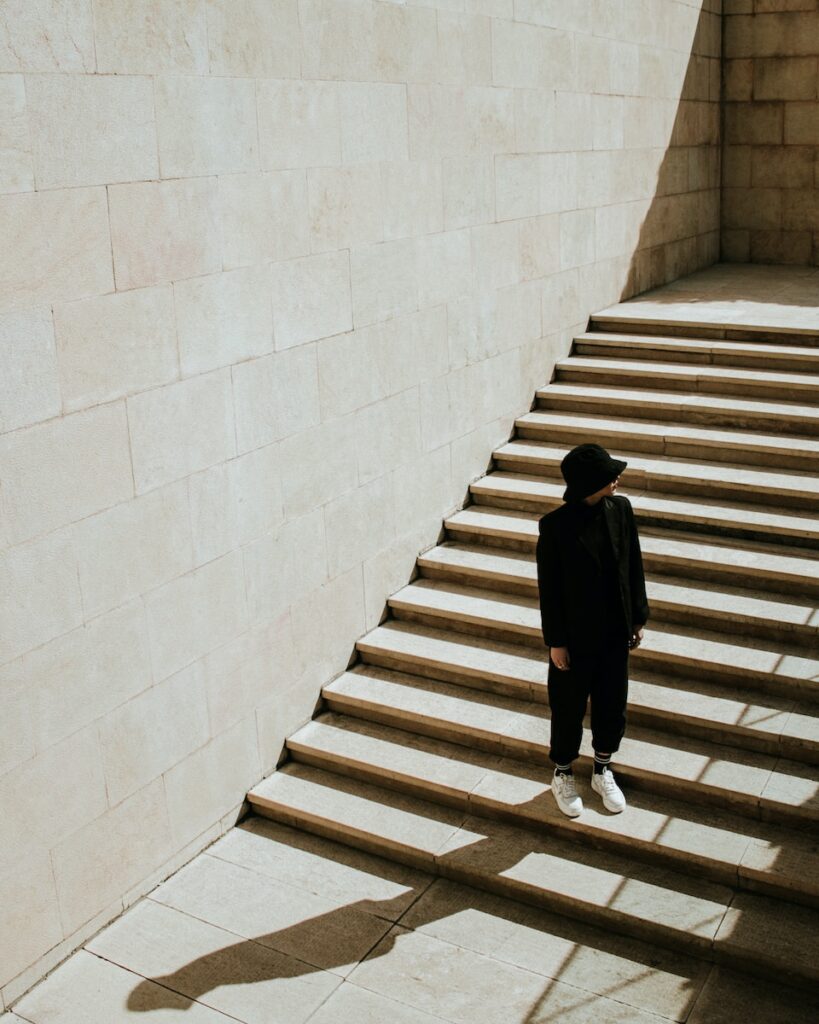
The Best Time of Year and Vantage Points for Stunning Minimalist Photography
When it comes to capturing the beauty of minimalist photography, timing is everything. Each season brings its own unique elements that can enhance the simplicity and elegance of your photos. Understanding the best time of year and selecting the right vantage points and positions can make all the difference. Let’s delve into how you can elevate your minimalist photography by harnessing the power of timing and location.
1. Embrace the Serene Beauty of Winter
Winter, with its clean and crisp landscapes, provides an ideal canvas for minimalist photography. The snow-covered landscapes, bare trees, and clear blue skies create a sense of serenity and simplicity. By utilizing a minimalist approach, you can capture the essence of this season with ease.
Consider venturing out during the early morning hours when the light is soft and diffused. This time of day allows you to capture the delicate details of frost on leaves, the untouched purity of snow, and the ethereal glow of winter sunrises. Find vantage points that overlook frozen lakes, snow-covered fields, or minimalist architecture, and experiment with different angles to create a sense of depth and simplicity in your compositions.
2. Embrace the Vibrance of Spring
As winter transitions into spring, nature awakens with bursts of color and new life, providing ample opportunities for minimalist photography. The fresh blooms, delicate petals, and budding branches create a sense of renewal and simplicity that can be effortlessly captured.
During spring, the early morning and late afternoon hours offer the best lighting conditions. The soft, warm light enhances the pastel hues and subtle textures, adding depth and dimension to your minimalist compositions. Seek out vantage points that showcase fields of flowers, tree branches framing the sky, or simple details like a single dewdrop on a blade of grass. Experiment with various camera angles to create visually striking images that embody the essence of minimalism.
3. Embrace the Warmth of Summer
Summer brings vibrant colors, long days, and ample opportunities for minimalist photography. The clear blue skies, lush greenery, and warm golden light create a soothing atmosphere that can be harnessed to create striking minimalist compositions.
For summer minimalist photography, the golden hours around sunrise and sunset are prime times to capture the warm, soft light that accentuates the simplicity of your subjects. Seek vantage points that overlook serene landscapes, such as tranquil beaches, rolling hills, or vast open meadows. Incorporate clean lines and negative space to emphasize the minimalist aesthetic and create visually impactful images.
4. Embrace the Tranquility of Autumn
Autumn, with its rich color palette and falling leaves, offers a captivating backdrop for minimalist photography. The changing hues and textures of autumn foliage can be used to create beautiful and evocative compositions.
During autumn, the golden and blue hours provide a magical atmosphere that amplifies the simplicity and elegance of your subjects. Capture the warmth and softness of the morning light as it filters through the leaves or the muted, amber glow of the setting sun. Look for vantage points that allow you to frame foliage against clear blue skies, or experiment with close-up shots of fallen leaves against textured surfaces. The contrast between vibrant colors and negative space will help convey the minimalist essence of your images.
By understanding the impact of timing and exploring different vantage points, you can elevate your minimalist photography to new heights. Whether you prefer the serene beauty of winter, the vibrance of spring, the warmth of summer, or the tranquility of autumn, each season offers its own unique elements to enhance your compositions. Embrace the power of minimalism and let your photos speak volumes with simplicity.
When capturing minimalist photographs, pay attention to negative space. By incorporating empty areas in your composition, you can convey simplicity and draw attention to your subject. Experiment with different angles and perspectives to create interesting juxtapositions between the subject and the empty space. Remember, less is more!
Frequently Asked Questions
What is Minimalist Photography?
Minimalist photography is a style of photography that focuses on simplicity and minimalism. It involves using a minimal number of elements, clean lines, and negative space to create visually impactful images.
How can I incorporate Minimalist techniques into my photography?
To incorporate Minimalist techniques into your photography, you can start by decluttering your frame and removing any unnecessary elements. Focus on capturing the essence of your subject and using negative space to enhance the overall impact of your image.
What equipment do I need for Minimalist Photography?
You don’t need any specific equipment for Minimalist Photography. A camera, whether it’s a DSLR, mirrorless, or even a smartphone, is all you need. The key is to focus on composition and capturing the moment rather than relying on fancy gear.
How do I find Minimalist subjects to photograph?
Minimalist subjects are all around us; you just need to train your eye to see them. Look for clean lines, repetitive patterns, and minimalistic architecture in your surroundings. Nature, everyday objects, and even people can also be great subjects for Minimalist Photography.
What camera settings are best for Minimalist Photography?
The best camera settings for Minimalist Photography vary depending on the situation and lighting conditions. Generally, it’s recommended to use a smaller aperture (higher f-number) to create a deeper depth of field and ensure that the entire scene is in focus. Experiment with different settings to achieve your desired minimalist look.
How can I enhance my Minimalist photographs during post-processing?
During post-processing, keep your edits minimal to maintain the integrity of the minimalist style. Focus on adjusting exposure, contrast, and cropping to enhance the simplicity of your images. Avoid excessive filters or effects that could distract from the minimalist aesthetic.
Where can I find inspiration for Minimalist Photography?
There are many sources of inspiration for Minimalist Photography. Explore the works of renowned minimalist photographers, browse through online galleries or social media platforms dedicated to Minimalism. Pay attention to your surroundings and embrace the beauty of simplicity in everyday life.
Wrap Up:
In conclusion, minimalist photography is a captivating art form that invites us to focus on the essential, stripping away distractions to reveal the true beauty of our subjects. By mastering the techniques of simplicity and embracing minimalism, you can transform your photographs into powerful visual statements. Remember, less is more.
So grab your camera and let your creative vision flow. Explore the world through a minimalist lens, capturing the beauty that lies within the details. Don’t be afraid to experiment and push the boundaries of what is possible. Share your thoughts and experiences in the comment section below. We would love to hear from you and see your stunning minimalist photographs. Let’s inspire and learn from each other on this amazing journey.
